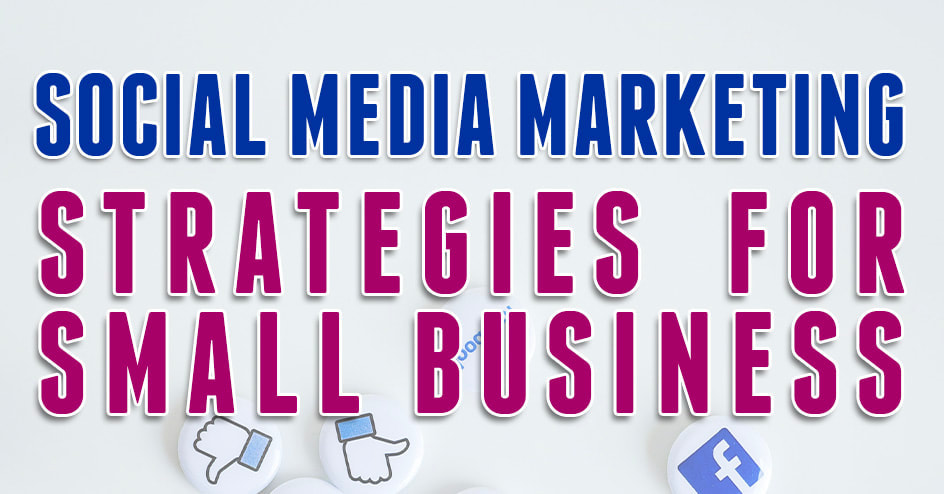Strategic Planning for Food Industry MarketingGood food has the power to weaken anyone at the knees, but the restaurant game has always been a competitive one. The harsh reality is that getting in the mouths of even the hungriest of foodies requires more than stellar dishes. A 360-degree marketing strategy is necessary to capture eaters' attention in a highly competitive space, and the following strategies can help restaurateurs understand how to attract those who will enjoy their cuisine. Founding, Sourcing, & Food StoriesOne of the only things that makes diving into a great plate of food even more remarkable is accompanying it with a great story. Sharing your restaurant’s story of how it came to be, what inspired your dishes, and the talent that brings food to life will engage your current and future diners. The connection between food and sustainability is growing more and more important to consumers, and having positive sourcing stories will attract a more diverse set of eaters to your establishment. Partnering with local suppliers and growers, using organic products, or supporting and supporting fair trade overseas is an effective way to connect social responsibility with your food. The result: your guests will feel that they are making the world a better place just by eating at your restaurant. Build a FollowingHaving a well-defined digital footprint is a critical part of staying in the top tier in the food industry. Social media is a great way to build a following and connect with fans, customers, influencers, and followers. Great food pictures are a good place to start, but keep in mind that the digital world is full of possibilities. Live-streamed cooking shows, a recommended cocktail of the week, and behind-the-scenes sneak peeks are all lively options that will keep customers coming back. Restaurant owners and chefs should make sure to build a personal following and talk about plans for any new dishes, announce new menu items and capture great everyday food moments in the kitchen. A live streamed secret recipe reveal event is also a great way to build the buzz about your food and culinary talent. How the Pandemic Changed the Restaurant BizThe restaurant industry was one of the hardest-hit industries that suffered the most from the coronavirus pandemic. Eateries were forced to depend on food delivery services and evolve their marketing approaches overnight just to stay afloat. One of the many innovative ideas that quickly grew in popularity is the at-home meal kit.
Restaurants began to package do-it-yourself kits for their most popular menu items, and diners ate the idea up. In addition, more dynamic social media posts and creating FREE and low-cost pricing for frontline workers and seniors helped to push the food industry past the worst of the pandemic and through to the other side. -- Quest Author: Abigail Baker is a writer from Happy Writers, Co. in partnership with safety manual providers, Advance Online.
1 Comment
Best Practices for Business GrowthIn today’s business market, trends emerge so quickly in an increasingly digital environment that it’s important to be adaptable. Successful business owners take advantage of the tools and resources available to them so that they can always monitor market shifts and situate their business practices in ways to meet market needs.
Thinking ahead isn’t just about predicting future trends, but also about being prepared for potential pitfalls. Protecting systems, for example, against data breaches, malware attacks, and other malicious intrusions will save you money in the long run. Preparedness is also about a solid business plan, and successful companies often include practices that are easily replicable. As your business expands, such practices will make increasing office capacity or even building franchises more efficient. While business is about taking risks, your risks should be calculated and you should establish practices that keep your base business strong as you decide risks that are best for your company. With that in mind, here are some ways to build excellent business foundations.
Guest Author: Ivan Young is a writer from Happy Writers, Co. in partnership with leading stethoscope distributor Stethoscope.com Workflow Strategies for StartupsAre you looking for ways to manage your startup without stretching the limits of your capabilities? Startups often exist in a precarious state of attempting to grow their profits within the confines of their working setup, which often consists of a relatively small team. Fear not! Today, we are here to bring you some great workflow strategies that your startup might be able to adopt. What does ‘workflow’ mean?It can cover quite a range of behaviors, but in general, a workflow refers to “an orchestrated and repeatable pattern of business activity enabled by the systematic organization of resources.” In simpler English, it means that a workflow is a repeated behavior that helps a business to achieve its goals. This could refer to anything from knowledge sharing techniques to a specific way of working. How can startups improve their workflows?There are countless ways that a startup could optimize their workflows, so let’s take a look at some of them:
Life as the leader of a startup can be complicated, so make sure that your new workflows don’t add to that complication. Consider how accessible your workflows are for new employees, and deliver something that is user-friendly. -- Guest Author: Jack Vale is a writer from Happy Writers, Co. in partnership with online faxing service, Faxage. |
AuthorLance Reis CEO of Kickass Designs Archives
November 2021
Categories |









 RSS Feed
RSS Feed